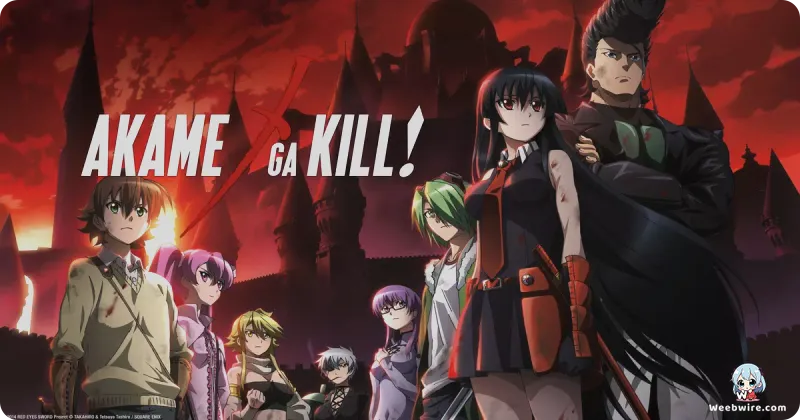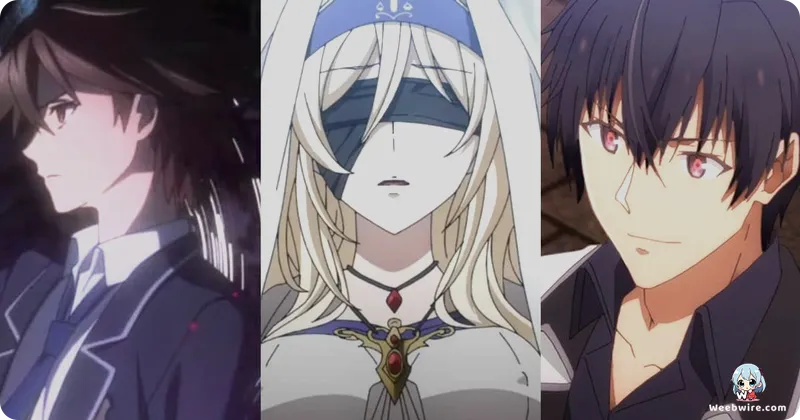Akame ga Kill! Declassified: Unraveling the Anime's Drastic Manga Divergence, Deadly Imperial Arms, and Esdeath's Enduring Legacy

In 2014, Studio WHITE FOX unleashed Akame ga Kill! upon the anime world, swiftly cementing its reputation as a brutal dark fantasy. Audiences were captivated by its morally ambiguous characters, relentless action, and a tragic parade of deaths, all set against an unflinching portrayal of war and corruption within a crumbling empire. Beyond the visceral combat, the series harbors intriguing facts and a critical divergence from its manga source material. The anime, while praised for its intensity, famously took a drastically different narrative path, a creative necessity that fundamentally reshaped character fates and the story's ultimate conclusion. This pivotal split remains a key insight for fans, illustrating the unique challenges inherent in adapting an ongoing literary work.
The Imperial Arms: Lethality and Individuality
Central to Akame ga Kill!'s intricate lore are the Imperial Arms, or Teigu—48 immensely powerful relics forged over a millennium. Each bestows a distinct, often devastating, ability. A crucial, yet lesser-known, detail is their inherent limitation: a user can wield only one Teigu at a time, with attempts to use multiple proving fatal. Furthermore, if two Teigu users clash, the death of one is almost guaranteed, dramatically heightening the stakes in every confrontation. This intrinsic lethality significantly contributes to the series' infamous body count. The individuality of each Teigu, such as Akame’s demon sword Murasame, which inflicts an incurable curse, and Tatsumi’s shapeshifting armor Incursio, which eventually fuses with its user, adds intricate strategic depth to the battles.

Esdeath: The Empire's Strongest and Her Complex Nature
Among the series' most captivating figures is its enigmatic antagonist, Esdeath. Dubbed the Empire’s Strongest, Esdeath embodies insatiable bloodlust and a chillingly pragmatic worldview. Paradoxically, she also possesses a peculiar sense of honor and a surprisingly tender, albeit twisted, affection for Tatsumi. Her backstory, rooted in a harsh northern tribe, shaped her philosophy: 'the weak are destined to lie beneath the boots of the strong.' Despite her terrifying reputation, her romantic interest in Tatsumi often injects moments of dark comedy and unexpected vulnerability, humanizing a character who could easily be a one-dimensional villain. Her unwavering commitment to her ruthless ideals makes her a complex and unforgettable presence, frequently cited as one of anime’s most compelling female antagonists.
The Anime and Manga: A Tale of Two Endings
The most significant divergence, a cornerstone for any dedicated fan, lies in the disparate endings of the anime and manga. When Studio WHITE FOX began animation, Takahiro and Tetsuya Tashiro’s manga was still ongoing. To provide a conclusive ending for the anime, the production team, with input from Takahiro, crafted an entirely original conclusion. This resulted in many characters surviving in the manga but perishing in the anime, and vice-versa. For instance, the anime portrays Tatsumi’s heroic demise and Akame’s solitary journey eastward. Conversely, the manga depicts Tatsumi surviving, albeit fused with Incursio in dragon form, while Akame travels to another country seeking a cure for her demon sword's curse. This stark difference sparked considerable fan debate, with some appreciating the anime's definitive, if tragic, closure, and others preferring the manga's slightly less bleak resolution. This unique production challenge offers a compelling glimpse into anime adaptation realities, ensuring Akame ga Kill! remains a fascinating case study in narrative divergence and fan engagement.
Credits
Akame ga Kill!
Author
Takahiro (writer), Tetsuya Tashiro (artist)
Cover Art
Tetsuya Tashiro
Studio
WHITE FOX
Publisher
Square Enix
Producers





